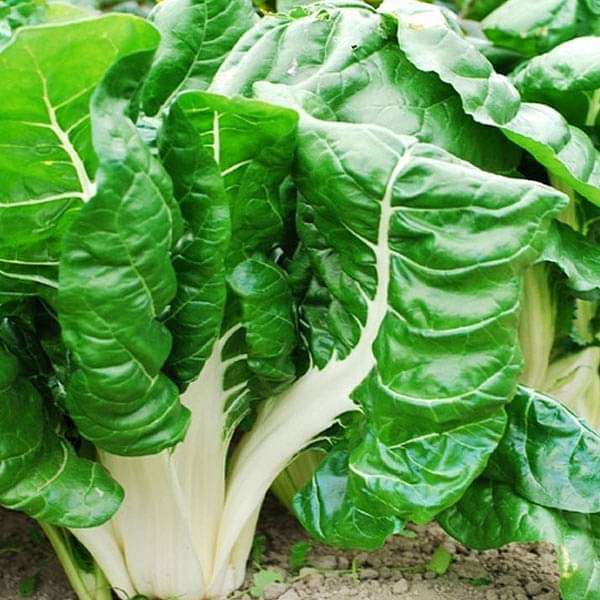
Swiss Chard - Vegetable Seeds
(MRP Inclusive of all taxes)
- Shipping ₹79 for entire order
- Dispatch in 7 days
- Country of origin: India

(MRP Inclusive of all taxes)
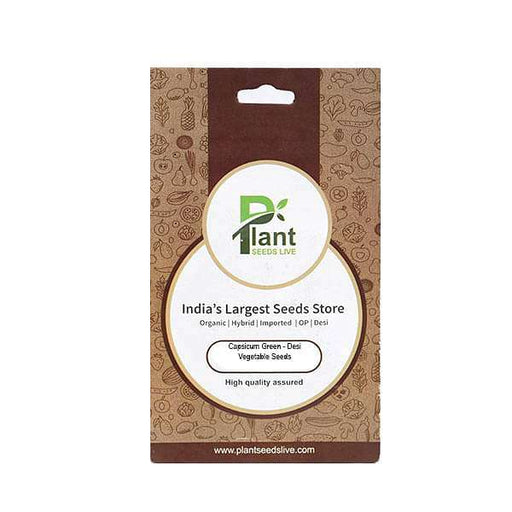
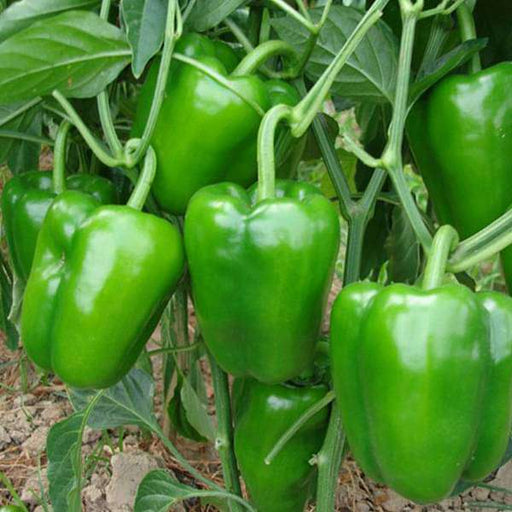 Save 25%
Save 25%
Capsicum Green - Desi Vegetable Seeds Capsicum Green, also known as bell pepper, is a vibrant and nutritious addition to your garden. Thes...
View full details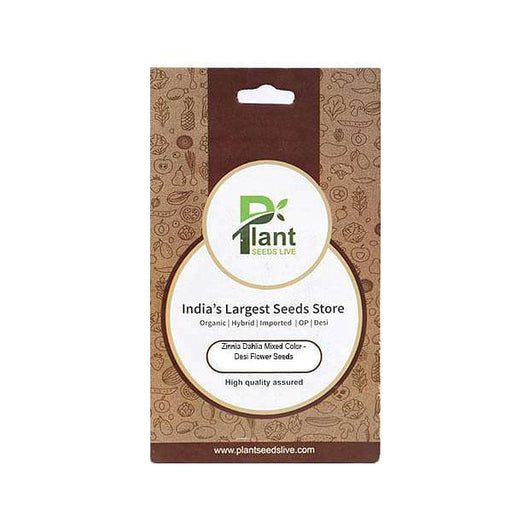
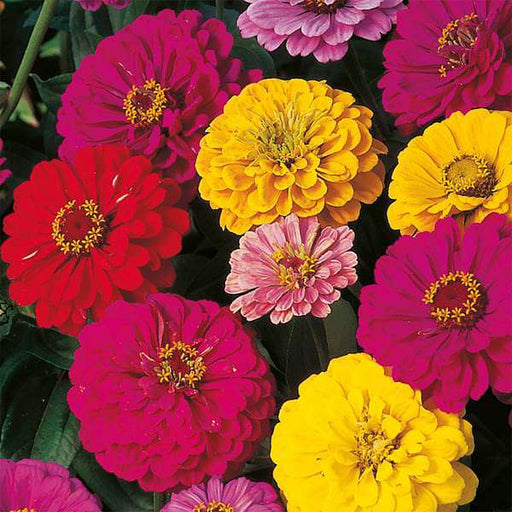 Sold out
Sold out
Zinnia Dahlia Mixed Color - Desi Flower Seeds Transform your garden into a vibrant tapestry of colors with our Zinnia Dahlia Mixed Color -...
View full details
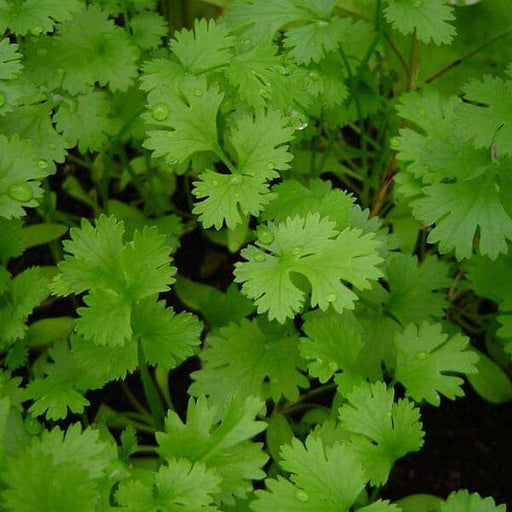 Save 25%
Save 25%
Coriander Panipat - Desi Vegetable Seeds Coriander Panipat is a premium variety of coriander seeds, cherished for its aromatic leaves and ...
View full details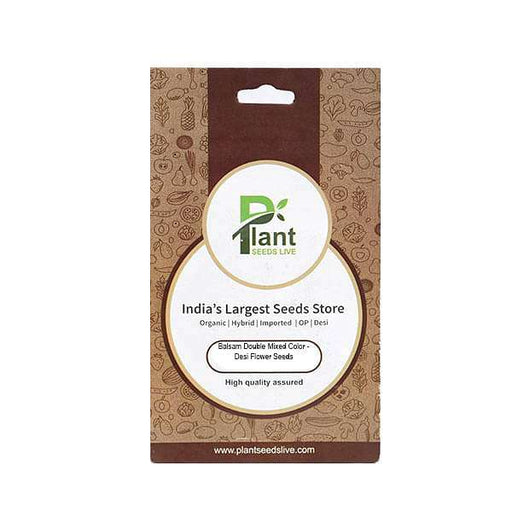
 Save 25%
Save 25%
Balsam Double Mixed Color - Desi Flower Seeds Discover the vibrant beauty of Balsam Double Mixed Color - Desi Flower Seeds, a delightful a...
View full details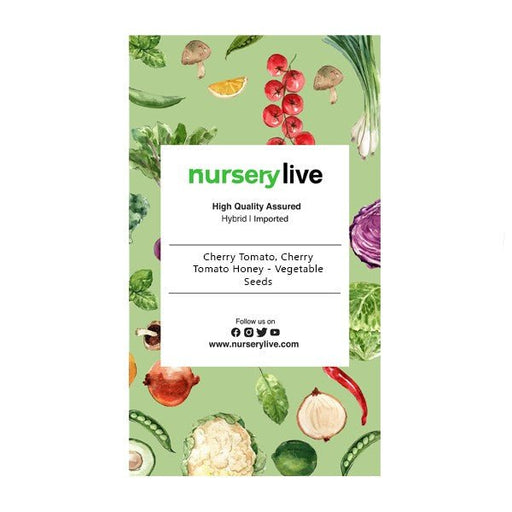
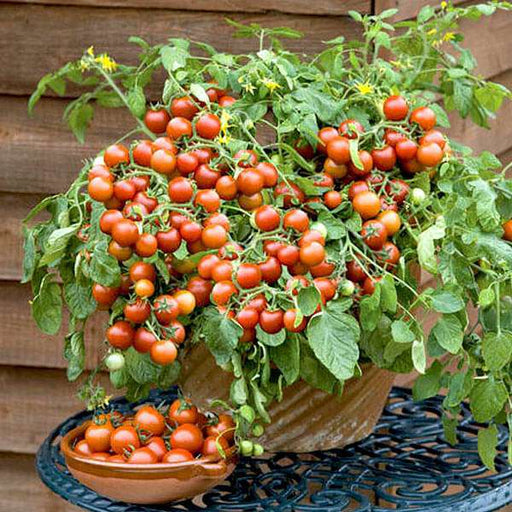 Save 25%
Save 25%
Cherry Tomato, Cherry Tomato Honey - Vegetable Seeds Discover the delightful world of Cherry Tomato Honey seeds, perfect for home gardener...
View full details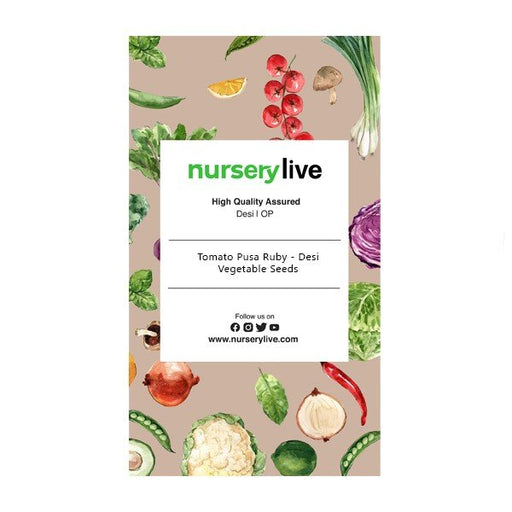
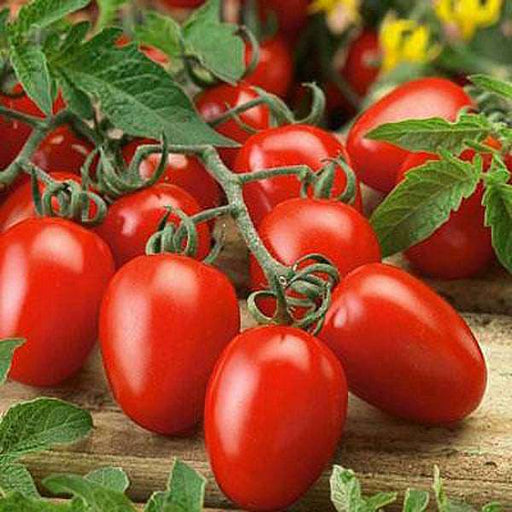 Save 25%
Save 25%
Tomato Pusa Ruby - Desi Vegetable Seeds The Tomato Pusa Ruby is a premium variety of tomato seeds, renowned for its vibrant red color, jui...
View full details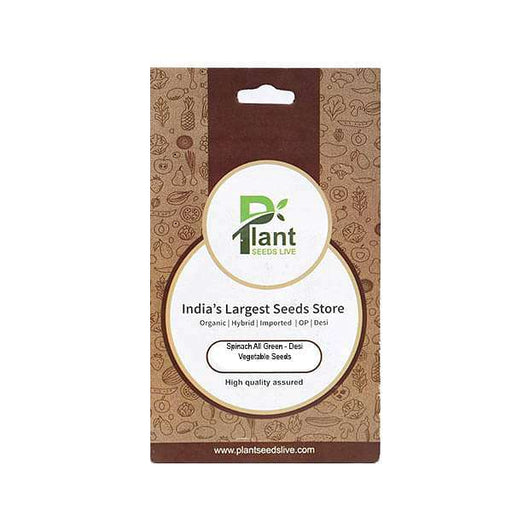
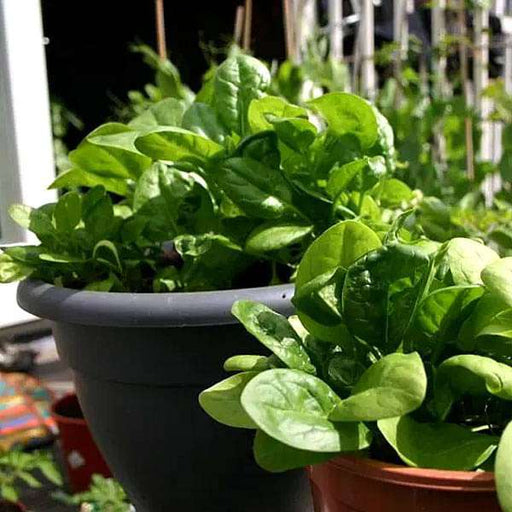 Save 25%
Save 25%
Spinach All Green - Desi Vegetable Seeds Introducing the Spinach All Green - Desi Vegetable Seeds, a premium variety of spinach that thriv...
View full details
 Save 25%
Save 25%
Capsicum Green - Desi Vegetable Seeds Capsicum Green, also known as bell pepper, is a vibrant and nutritious addition to your garden. Thes...
View full details
 Save 25%
Save 25%
Coriander Panipat - Desi Vegetable Seeds Coriander Panipat is a premium variety of coriander seeds, cherished for its aromatic leaves and ...
View full details
 Save 25%
Save 25%
Cherry Tomato, Cherry Tomato Honey - Vegetable Seeds Discover the delightful world of Cherry Tomato Honey seeds, perfect for home gardener...
View full details
 Save 25%
Save 25%
Tomato Pusa Ruby - Desi Vegetable Seeds The Tomato Pusa Ruby is a premium variety of tomato seeds, renowned for its vibrant red color, jui...
View full details
 Save 25%
Save 25%
Spinach All Green - Desi Vegetable Seeds Introducing the Spinach All Green - Desi Vegetable Seeds, a premium variety of spinach that thriv...
View full details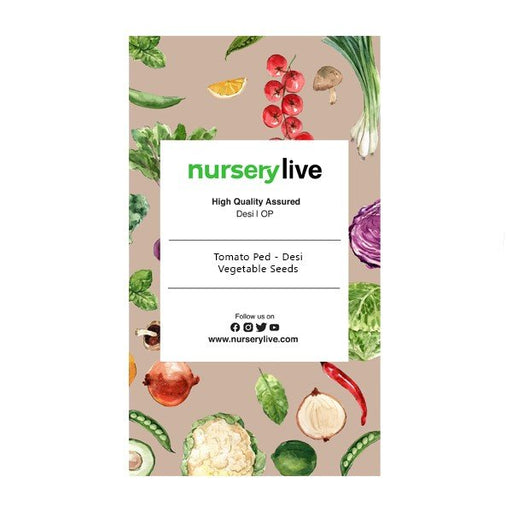
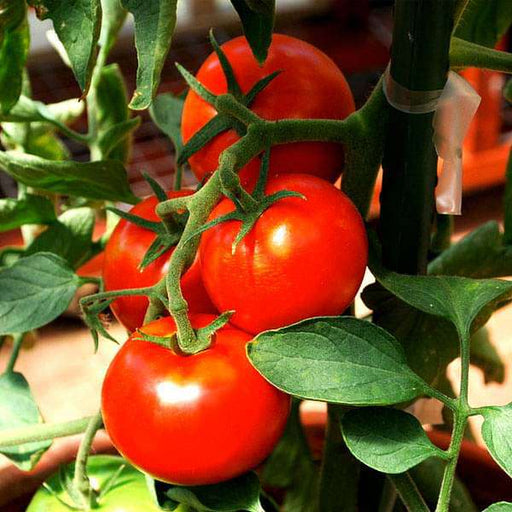 Save 25%
Save 25%
Tomato Ped - Desi Vegetable Seeds Introducing the Tomato Ped - Desi Vegetable Seeds, a premium selection of heirloom tomato seeds that pro...
View full details
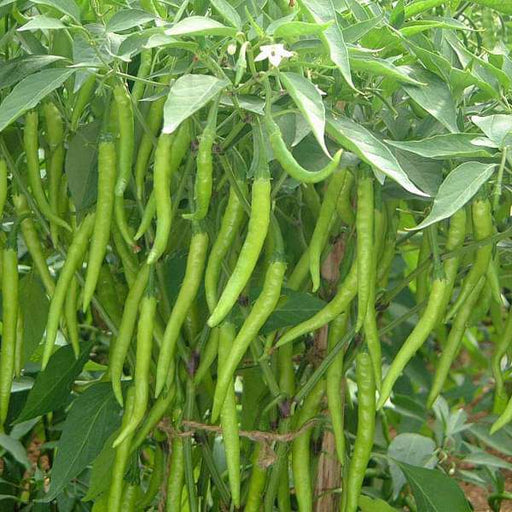 Save 25%
Save 25%
Chilli Surajmukhi - Desi Vegetable Seeds Introducing the Chilli Surajmukhi, a unique variety of desi vegetable seeds that brings a burst o...
View full details
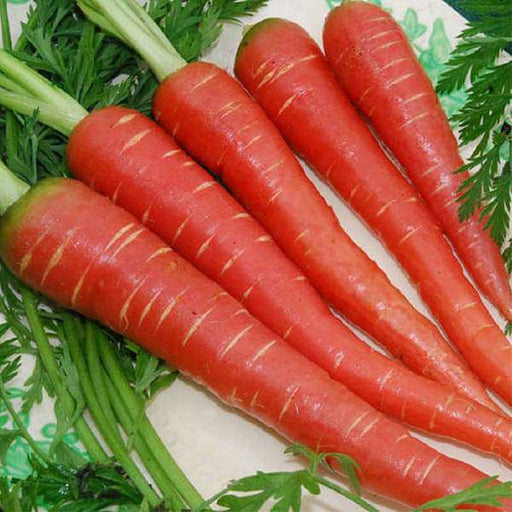 Save 25%
Save 25%
Carrot Red Long - Desi Vegetable Seeds Introducing the Carrot Red Long - Desi Vegetable Seeds, a premium variety known for its vibrant col...
View full details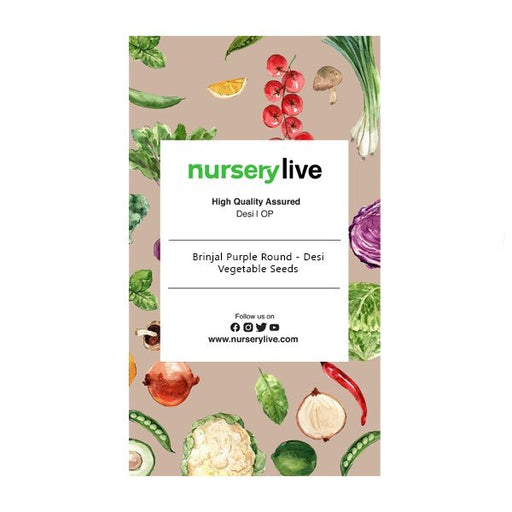
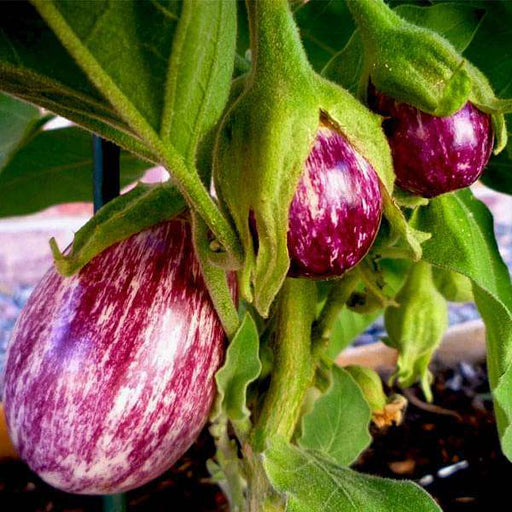 Save 25%
Save 25%
Brinjal Purple Round - Desi Vegetable Seeds Discover the rich flavors and vibrant colors of Brinjal Purple Round, a staple in Indian cuisi...
View full details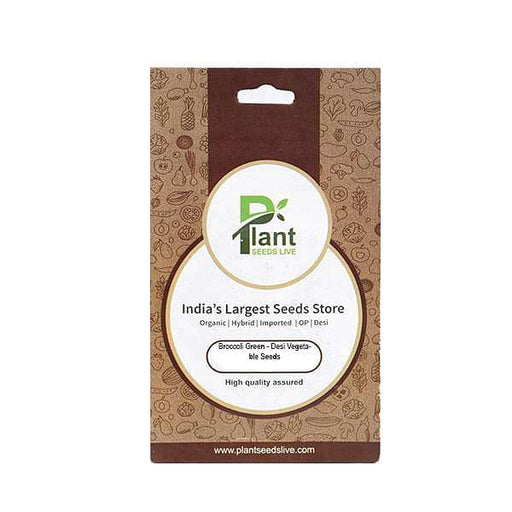
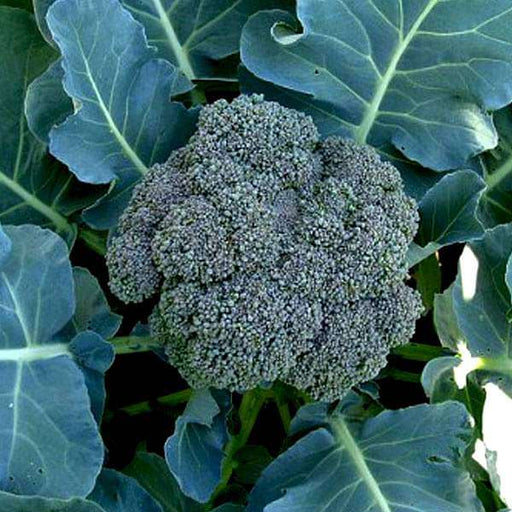 Save 25%
Save 25%
Broccoli Green - Desi Vegetable Seeds Discover the vibrant world of Broccoli Green with our premium Desi Vegetable Seeds. Known for its ri...
View full details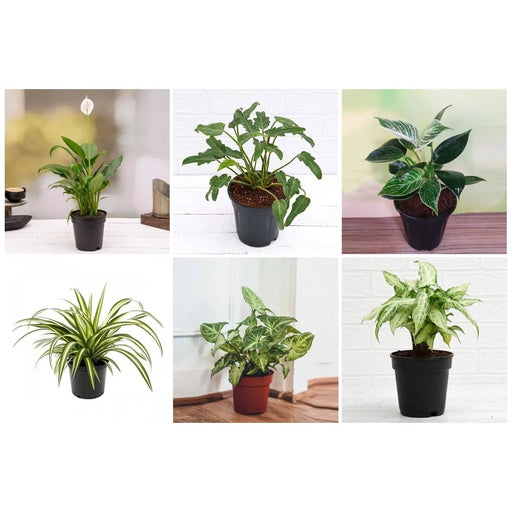
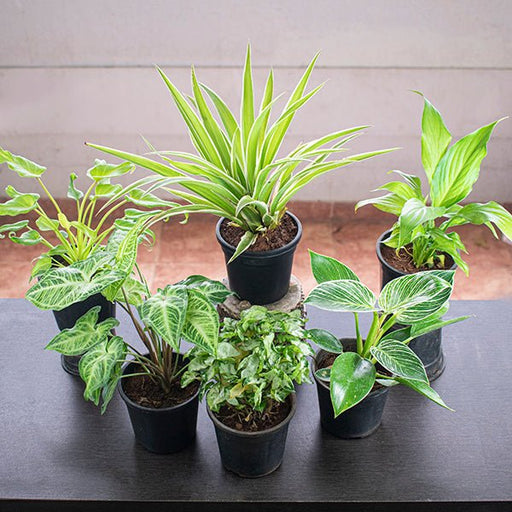 Save 35%
Save 35%
Best 6 Plants for Perfect Indoor Garden Transform your living space into a lush oasis with our curated collection of the Best 6 Plants for a...
View full details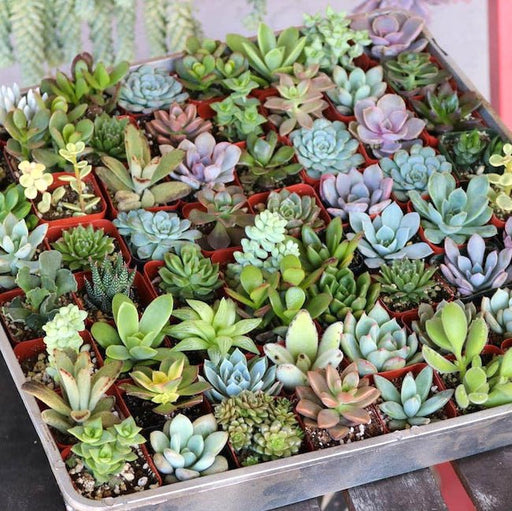
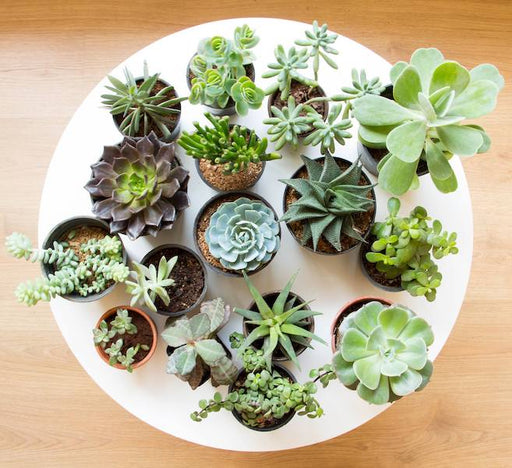 Save up to 50%
Save up to 50%
Mini Succulent Garden Pack Transform your space with our Mini Succulent Garden Pack, featuring a delightful collection of 4 any variety beautiful s...
View full details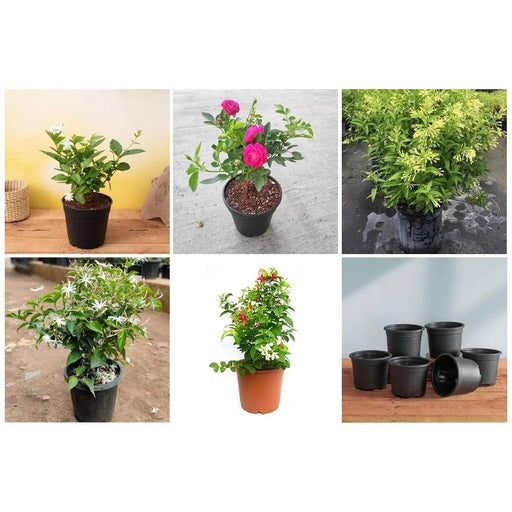
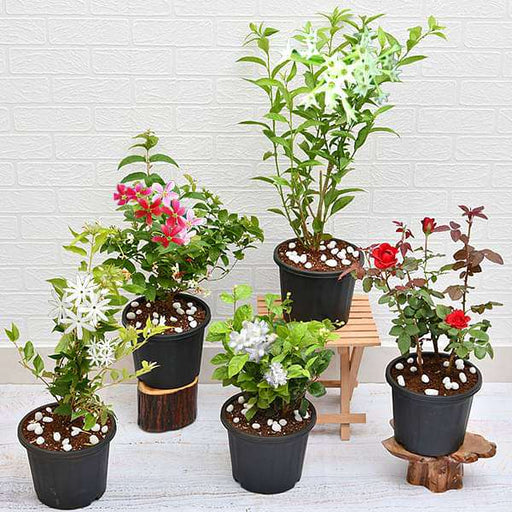 Save 30%
Save 30%
5 Best Fragrant Plants Transform your garden or indoor space into a fragrant paradise with our curated selection of the 5 Best Fragrant Plants. Th...
View full details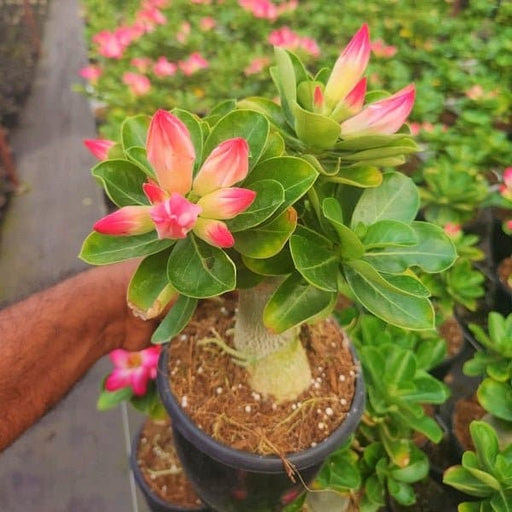
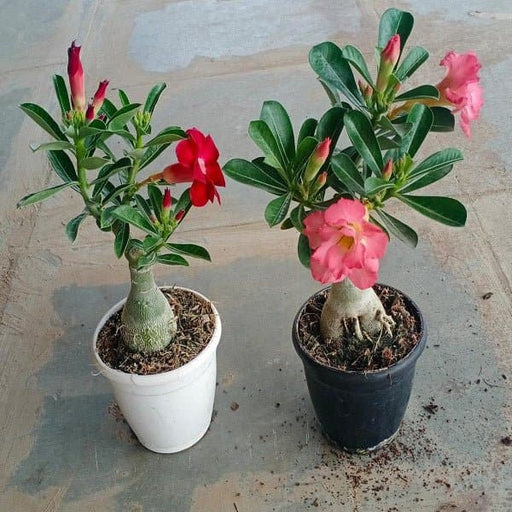 Save 24%
Save 24%
Set of 2 Bonsai Looking Grafted Adeniums Transform your indoor or outdoor space with our exquisite Set of 2 Bonsai Looking Grafted Adenium...
View full details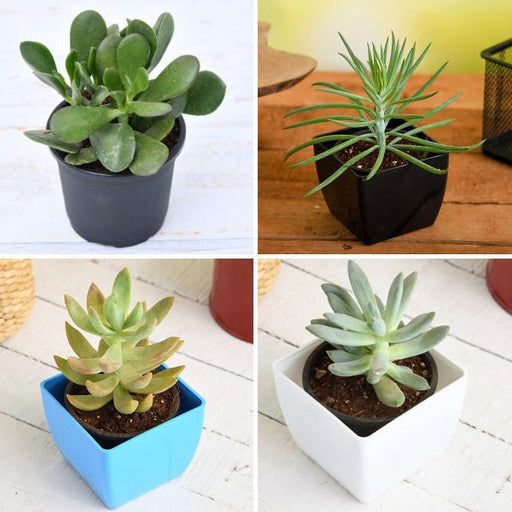 Save 45%
Save 45%
Top 4 Die Hard Succulents Pack Transform your indoor or outdoor space with our Top 4 Die Hard Succulents Pack, featuring a curated selecti...
View full details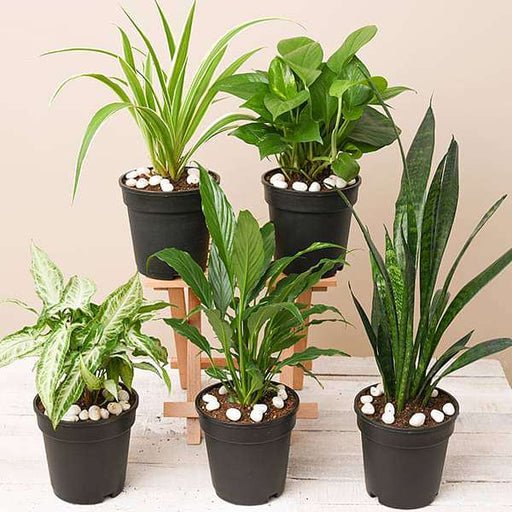
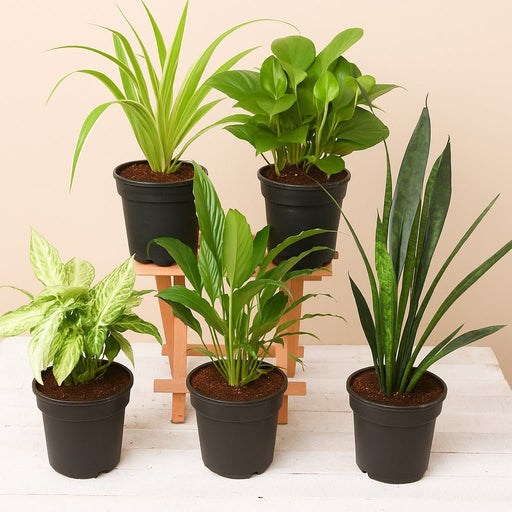 Save 30%
Save 30%
5 Best Indoor Plants Pack Transform your living space into a lush oasis with our '5 Best Indoor Plants Pack.' This carefully curated collection fe...
View full details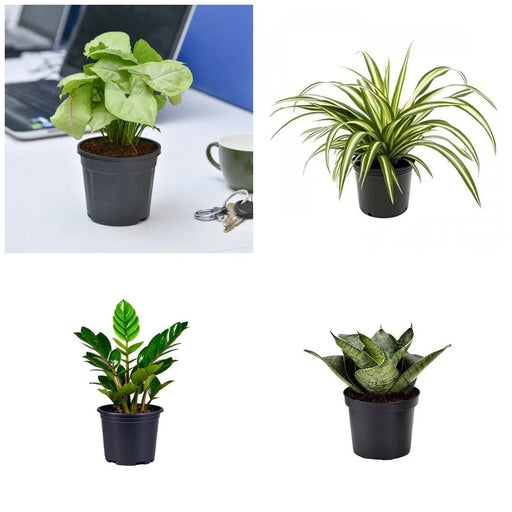
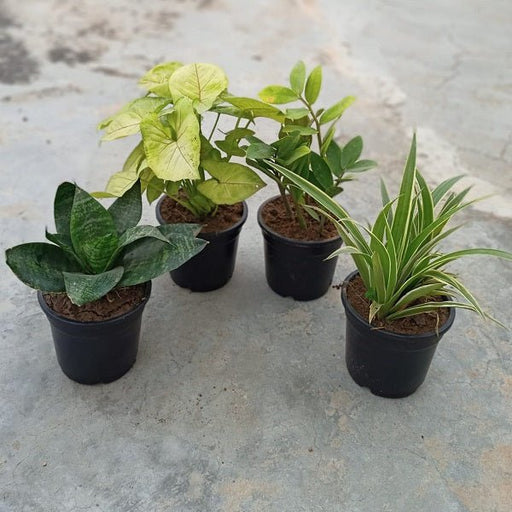 Save 25%
Save 25%
Set of 4 Evergreen Air Purifier Plant Pack Transform your indoor space into a lush, green oasis with our Set of 4 Evergreen Air Purifier Pla...
View full details| SrNo | Item Name |
|---|---|
| 1 | Swiss Chard - Vegetable Seeds |
Swiss Chard (Beta vulgaris subsp. cicla) is a vibrant leafy green vegetable known for its strikingly colorful stems and rich nutritional profile. This versatile plant thrives in various climates, making it a favorite among home gardeners and chefs alike. With its slightly earthy flavor, Swiss Chard can be enjoyed in salads, sautés, and soups, providing a delightful addition to any meal.
What makes Swiss Chard special is its ability to grow year-round in many regions, offering a continuous harvest. Packed with vitamins A, C, and K, as well as essential minerals like magnesium and potassium, Swiss Chard is a powerhouse of nutrition. Its unique ability to tolerate heat and cold makes it a resilient choice for gardeners.
One of the standout features of Swiss Chard is its stunning visual appeal. The leaves are deep green, while the stems can be found in a rainbow of colors, including red, yellow, and white. This not only enhances the aesthetic of your garden but also makes it a popular choice for ornamental planting.
Growing Swiss Chard can positively impact the environment by promoting biodiversity in your garden. Its deep roots help improve soil structure and prevent erosion. Additionally, Swiss Chard is a low-impact crop that requires less water compared to other leafy greens, making it an eco-friendly choice for sustainable gardening.
When it comes to Swiss chard, variety is the spice of life! From the vibrant rainbow chard to the classic green, each type brings its own flair to your garden. Imagine a colorful salad that could rival a painter's palette! These varieties not only look good but also pack a nutritional punch. So, whether you’re a fan of the classic or want to impress your friends with a rainbow display, there’s a Swiss chard variety just waiting to be sown in your garden.
Growing Swiss chard is like hosting a party where everyone is invited! This leafy green is easy to cultivate, thriving in various soil types and conditions. Just plant the seeds, water them, and watch as they sprout into lush greens. With a little sunshine and love, you’ll have a bountiful harvest in no time. Plus, Swiss chard is a cut-and-come-again crop, meaning you can keep harvesting while it continues to grow. Talk about a generous guest!
Swiss chard is the superhero of the vegetable world, packed with vitamins A, C, and K, along with a healthy dose of magnesium and potassium. It’s like a multivitamin in leafy green form! Eating Swiss chard can help boost your immune system, improve bone health, and even support heart health. So, if you want to feel like a million bucks, add this nutrient-dense veggie to your plate. Who knew being healthy could be so delicious?
Cooking with Swiss chard is like having a culinary adventure in your kitchen! This versatile vegetable can be sautéed, steamed, or even tossed into soups and stews. Its slightly earthy flavor pairs beautifully with garlic, lemon, and olive oil. You can even use it as a wrap for your favorite fillings, giving a whole new meaning to “leafy greens.” So, roll up your sleeves and get ready to whip up some Swiss chard magic that will impress even the pickiest eaters!
Swiss chard is a social butterfly in the garden, thriving alongside a variety of companion plants. It loves the company of beans, cabbage, and even tomatoes! These companions can help deter pests and improve soil health, creating a harmonious garden ecosystem. So, if you want to throw a garden party, make sure Swiss chard is on the guest list. After all, who wouldn’t want to hang out with such a fabulous leafy green?
Storing Swiss chard is like keeping a secret stash of greens for a rainy day! To keep your chard fresh, wrap it in a damp paper towel and place it in a plastic bag in the fridge. This will help maintain its crispness and vibrant color. If you have an abundance, consider blanching and freezing it for later use. Just think of it as your own personal Swiss chard time capsule, ready to brighten up your meals whenever you need a veggie boost!
Swiss chard may be a tough green, but it’s not invincible! Keep an eye out for pesky pests like aphids and leaf miners, which can wreak havoc on your leafy friends. Regularly inspecting your plants and using organic pest control methods can help keep them safe. And if diseases like downy mildew come knocking, don’t panic! A little preventive care and proper spacing can go a long way in keeping your Swiss chard healthy and thriving.
Harvesting Swiss chard is like picking the fruits of your labor, but with leafy greens! You can start snipping the outer leaves once they reach about six inches tall, allowing the inner leaves to continue growing. This cut-and-come-again method means you can enjoy fresh chard throughout the season. Just remember to use clean scissors and avoid taking too many leaves at once. After all, we want to keep the party going in the garden!
Swiss chard recipes are the culinary equivalent of a treasure hunt! From savory quiches to vibrant stir-fries, the possibilities are endless. You can even toss it into smoothies for a nutrient boost without sacrificing flavor. The best part? Swiss chard’s versatility means it can shine in both simple and gourmet dishes. So, roll up your sleeves and get ready to explore the delicious world of Swiss chard recipes that will leave your taste buds dancing!
If you’re looking to grow Swiss chard the eco-friendly way, organic seeds are your best bet! These seeds are grown without synthetic pesticides or fertilizers, ensuring that your garden is as green as your chard. Plus, organic gardening promotes biodiversity and healthier soil. So, when you choose organic Swiss chard seeds, you’re not just growing delicious greens; you’re also doing your part for Mother Earth. It’s a win-win for you and the planet!
Swiss chard is the ultimate garden superstar, bringing beauty and nutrition to your backyard. Its vibrant colors and sturdy leaves make it a favorite among gardeners. Plus, it’s a cool-season crop, meaning you can plant it in spring or fall. Whether you have a sprawling garden or a tiny balcony, Swiss chard can thrive in containers, making it accessible for everyone. So, grab your gardening gloves and get ready to cultivate a little piece of Swiss chard paradise!
If you’re new to gardening, Swiss chard is the perfect starter vegetable! Its forgiving nature and low maintenance requirements make it a favorite among novice gardeners. With just a little sunlight, water, and love, you’ll be rewarded with a bountiful harvest. Plus, its quick growth means you won’t be waiting long to enjoy your homegrown greens. So, if you’re ready to dig in and get your hands dirty, Swiss chard is the ideal companion for your gardening journey!
Swiss Chard - Vegetable Seeds are the tiny powerhouses that grow into vibrant leafy greens. They’re like the superheroes of the vegetable world, packed with nutrients and ready to jazz up your salads, stir-fries, and smoothies. Plant them, and watch your garden transform into a colorful culinary paradise!
Growing Swiss Chard - Vegetable Seeds is as easy as pie—if pie were a leafy green! Just plant them in well-drained soil, give them some sunlight, and water them regularly. They thrive in cool weather, so don’t be shy; let them bask in the sun and watch them flourish!
The best time to plant Swiss Chard - Vegetable Seeds is in early spring or late summer. They love cool weather, so think of them as the cool kids in the garden. Plant them when the soil is warm, and they’ll reward you with a bountiful harvest!
With a little warmth and moisture, they’ll sprout up and be ready to party in your garden in no time!
Swiss Chard is like a multivitamin in leafy green form! It’s loaded with vitamins A, C, and K, plus minerals like magnesium and potassium. Eating it can boost your immune system, improve bone health, and even make you feel like a culinary wizard. Who knew greens could be so magical
Absolutely! Swiss Chard - Vegetable Seeds are container-friendly and love to show off their vibrant colors in pots. Just ensure your container has good drainage and is at least 12 inches deep. With a little love and care, you’ll have a portable garden that’s the envy of all your neighbors!
Swiss Chard loves a good drink but hates soggy feet! Water them regularly, about 1 inch per week, ensuring the soil stays moist but not waterlogged. Think of it as giving them a refreshing spa day—just the right amount of hydration for those leafy beauties!
Swiss Chard can attract some uninvited guests like aphids and leaf miners. Keep an eye out for these little party crashers! A gentle spray of water or a natural insecticidal soap can send them packing. After all, your garden is a VIP zone for healthy greens only!
Yes, you can! Swiss Chard is a versatile superstar that can be enjoyed raw in salads or smoothies. Just chop it up and toss it in for a nutrient boost. Its slightly earthy flavor adds a delightful twist, making your dishes not just healthy but also fabulously tasty!
To keep your Swiss Chard fresh and fabulous, store it in the fridge wrapped in a damp paper towel inside a plastic bag. This keeps it crisp and ready for your culinary adventures. Just remember, it’s not a long-term relationship; use it within a week for the best flavor!
Swiss Chard is a tough cookie! In milder climates, it can survive winter and even produce new growth. If you’re in a colder area, consider covering it with mulch or a frost cloth. It’s like giving your greens a cozy blanket to snuggle under during chilly nights!